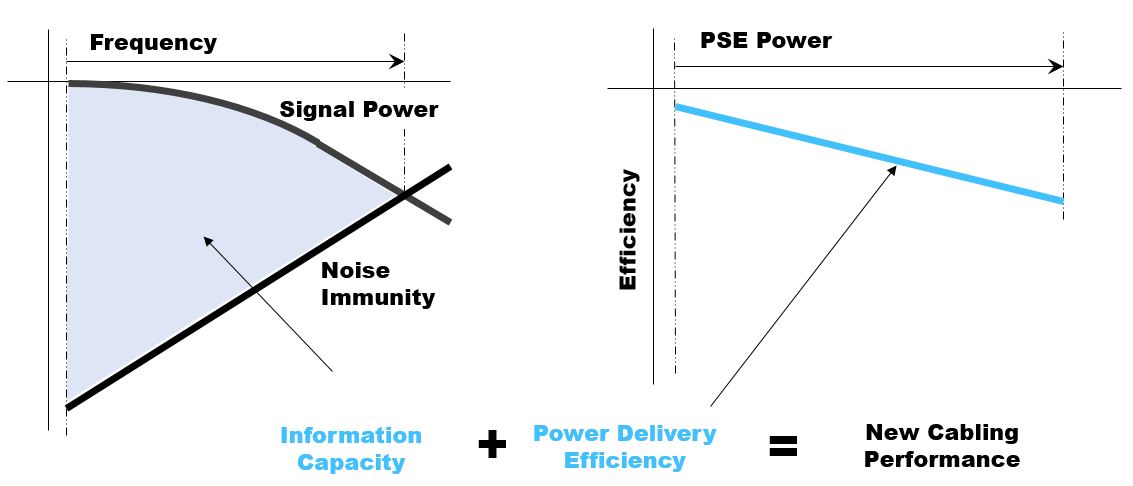The Influence of Layer 0: What’s Causing Your Slow Network?
In our world, reliability means uptime. Things are functioning well, network users are productive and happy, and business is conducted as usual. But what happens when you experience a slow network? Exactly the opposite: Systems don’t function well, network users can’t get things done and business, seemingly, comes to a halt.
In our world, reliability means uptime. Things are functioning well, network users are productive and happy, and business is conducted as usual. But what happens when you experience a slow network? Exactly the opposite: Systems don’t function well, network users can’t get things done and business, seemingly, comes to a halt.
It’s common to blame the network provider, but they may not be to blame at all. So what causes a slow network? Unreliable products in your layer 0 may be to blame.

What is Layer 0?
The OSI network model separates network functionality into seven layers, beginning with layer 1. Underneath this seven-layer IT network infrastructure, however, lays a foundation that we’ve dubbed layer 0. Much like the stone or concrete structure that supports a building, your cabling system supports your network. Without a good foundation, a slow network is likely – and whatever stands on top of your foundation could fall.
As network speed requirements for wired connections (up to 10G throughput) and wireless connections (up to 7G throughput), deploying a cabling system that’s designed using the latest technology will provide a reliable, unwavering foundation to build the most reliable, efficient IT infrastructure possible and help to eliminate slow networks.
Using data cabling to supply power is also becoming increasingly popular due how easy it is to install and scale. Today, we have the ability to supply nearly 100W from a PoE switch (watch for a blog on this topic coming soon).
To support speed and power increases, layer 0 has had to advance from Category 5e to Category 6 and now Category 6A structured cabling to avoid slow networks. Why? Because information capacity increases with cable category. Moving from Category 5e to Category 6 or Category 6A improves power delivery efficiency as well.
How Your Network is Changing
As applications change, so do our networks. For many years, the bulk of network traffic was from desktop users: One cable for each user. Today, however, wireless access point (WAP) links support wireless throughput. Now, a single cable is expected to support several users instead of just one, as well as connecting devices. This same cable will likely be delivering data and power as well. This translates to more demand on cabling infrastructure.
Why Cabling Performance Levels Need to Change
Cabling performance is defined by information capacity and power delivery efficiency. The illustration below shows how cable bandwidth is represented based on where information capacity and power delivery efficiency cross.

Information capacity represents internal cable characteristics and noise immunity. Power delivery efficiency represents how well the cable delivers power. A cable with better efficiency brings more power to the device at the end of the cabling without it dissipating as heat.
Excellent information capacity combined with high power delivery efficiency equals the new cabling performance expectations.
What Cable Performance Means for Networks
A high-performing layer 0 will be more reliable, maximize throughput and ensure uptime.
Eye patterns are used by digital system designers to estimate bit error rates and signal-to-noise ratios. A received digital signal will combine the transmitted signal and any noise picked up along the transmission path.
Through digital signal processing (DSP), digital equipment cleans up the noise. As long as nothing impacts cable performance, the DSP parameters that clean the eye will keep the link running. Slow networks can result when cables no longer perform as expected due to too much traffic or to poor design/construction.
In other words, minimally compliant cabling that’s not designed to meet the speed and power demands of today’s applications can lead to dropped links and a slow network. Cabling with excellent information capacity and high power delivery efficiency, on the other hand, results in a system with integrity. Equipment will be able to realize the speeds it’s designed for, providing fast connections and satisfying network users.
Belden delivers layer 0 solutions that support digital buildings and convergence, ensuring reliability and efficiency for improved productivity and a sustainable IT infrastructure. Learn more.
